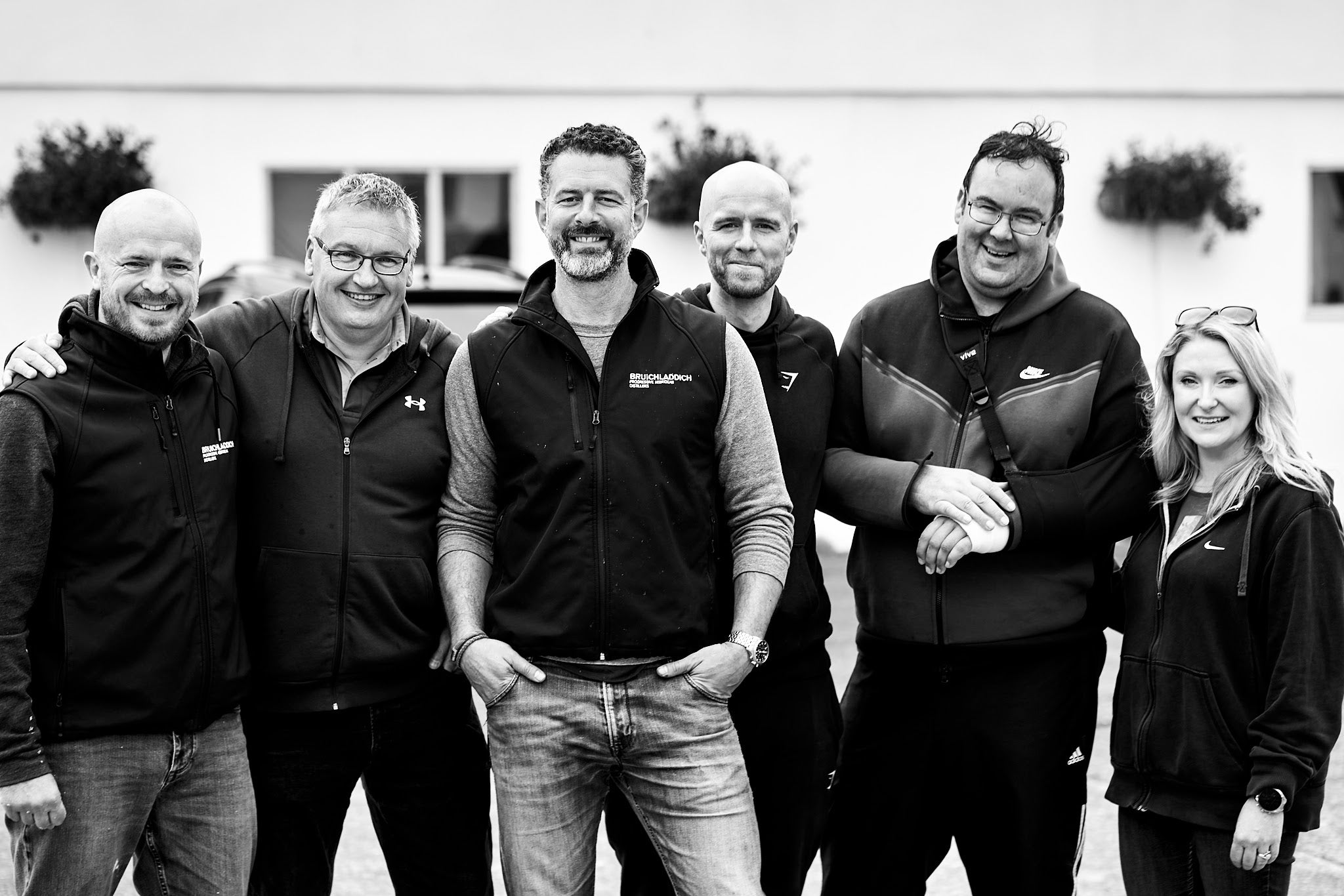Casks Casks Casks
- 10 mins
Here is a rundown of the different variables that are in play when it comes to maturing the spirit in wooden casks.
How many times has the cask been used?
Historically, casks in Scotland have been used multiple times. It’s a factor which has huge bearing up on the balance of influence between wood and distillate. The skill of the whisky-maker lies in identifying these influences and managing them in an overall marriage of different casks of different ages and levels of wood activity. In Scotland, here’s how you would define the filling order of casks.
Virgin fill: This is more of a recent phenomena in Scotland that has arisen from experimentation amongst modern day distillers. Historically, the vast majority of Scotch whisky casks would have held some sort of previous contents - usually a wine in Europe, or a Whiskey in North America. Virgin oak has usually undergone a varying degree of air or kiln seasoning and some kind of heat treatment (see below).
Seasoning helps to properly dry out oak staves and open the pores of the wood which allows the spirit to gain access deeper into the wood, where it can thus dissolve more sugars and colour compounds. Air-seasoning over many months is the superior version of this process as it allows for a degree of wood tissue decomposition which creates more interesting compounds for whisky to access.
Virgin casks of any oak type are still rare in Scotland and can have a swift and powerful impact on even the most robust of distillates, as with our Octomore .4 editions. Adding swift colour, sweetness and intense notes of spice, liquorice and vanilla - often producing characteristics reminiscent of American bourbon. At Bruichladdich Distillery, we use only a few parcels of virgin oak casks to create options for recipes.
First fill: Casks that have previously held sherry, port, wine, or another type of whisky or spirit are shipped to Scotland. Sometimes they are broken down into component staves which are then re-coopered into different cask sizes by Scottish coopers. These are first fill casks, in that they have held alcoholic contents prior but they are being filled now for the first time with Scottish new make spirit. These are widely prevalent in today’s whisky industry as distillers seek to create richer, often sweeter, Scotch whiskies and have more control over maturation. Here at Bruichladdich we use a predominance of first fill American oak ex-bourbon barrels. This type of cask matures whisky at a good, consistent pace; contributes sweetness, creaminess, and spice flavours; while also leaving more room for the distillate to express its character than you get with virgin oak.
Second Fill: By this stage most casks have given a reasonable proportion of their natural wood sugars and colour compounds. As a result their whiskies are lighter, mature at a more stately pace and can therefore be more dominated by flavours of cereals, fruits and natural distillate character. It is often observed that second fill casks are better at preserving distillery character over longer periods of maturation. Although, the level of activity of these casks is still very much dictated by the duration of its first fill. We use varying proportions of second fill casks in our recipes at Bruichladdich Distillery, often to add balance and complexity to a final whisky.
Refill: Historically, casks that were filled more than twice would have been referred to as ‘plain oak’. These casks still have trace amounts of sugars and compounds, but they are far more neutral in character than the more active earlier fills. Refill barrels and hogsheads of this age depend greatly on the duration of their earlier fills and are often used to mature whisky for many years as they take an extremely long time to exert dominance over a distillate. Some of Bruichladdich’s oldest releases over the years have depended on long periods of maturation in refill hogsheads.




